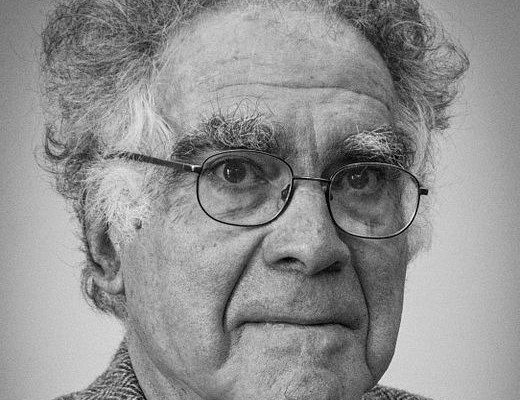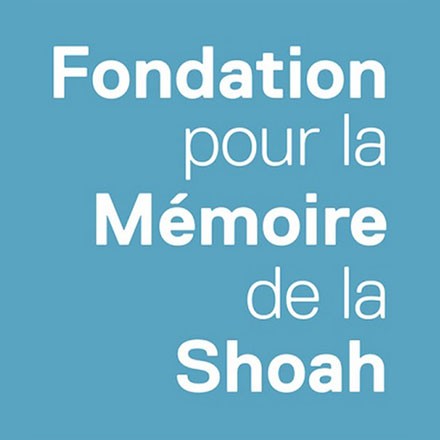By approaching the history of political repression “backwards”, from the point of view of the victims, Carlo Ginzburg has given us a new way of thinking about what it meant to belong to a minority: that of witches, lepers – or Jews. This questioning of marginality and persecution reveals the shadow of twentieth-century political history as it intimately affected the son of Italian Jews who resisted fascism. It was this question of the echoes between personal history and historical-political perspective that Avishag Zafrani put to the reflexivity of the great historian. This week we publish the resulting interview, which reveals the fruitfulness of what Ginzburg sees as an “unconscious strategy” that has guided his intellectual path. This tortuous relationship to identity, made up of detours, seems to have come to work from within, almost in secret, on the attitude of the historian, whose kinship with that of the inquisitor Ginzburg has questioned. Hence the suspicion that never leaves him: isn’t our notion of historical perspective intrinsically linked to Christian anti-Judaism, to its ambivalence towards a Jewish fact considered obsolete?
Last year, the Jewish Museum of Belgium dedicated an exhibition to an extraordinary event in the history of the Shoah: the attack on April 19, 1943, on the 20th convoy carrying 1631 Jews from the Mechelen transit camp to Auschwitz. In this week’s text, Agnès Bensimon describes the circumstances of this act of resistance, which allowed 236 Jews to jump off the train destined for extermination. What stands out is the mixture of heroism and inexperience of the three young resistance fighters who launched the operation, whose efforts were fortunately redoubled by the presence of resistance fighters among the deportees. Through her moving account, Agnès Bensimon shows us how, at the most critical moment, subjectivities emerged and solidarities were formed that made it possible to resist the inevitability of the Final Solution.








